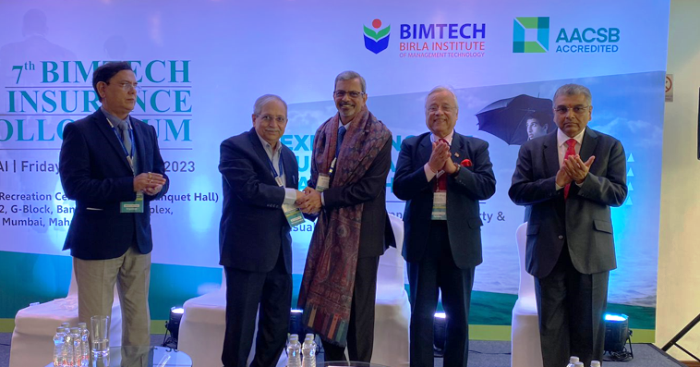Have these developments impaired the image ofbrand India? Or will the FDA‘s stepped-up scrutiny inculcate a more rigorous attitude towards compliance in a country whose cheap generics have made it the low-cost pharmacy to the world?
To know whether the FDA objections with regard to the violations of good manufacturing practices by generic drug majors like Ranbaxy and Wockhardt will adversely affect India’s position as the preferred generic drugs‘ supplier to US, it is imperative to understand how patients make decisions about prescription drugs in that country.
PBMs are most often third party administrators of prescription drug programmes. Sometimes they may also operate as a service inside of an integrated healthcare system. They are responsible for processing and paying prescription drug claims. They negotiate with drug makers and pharmacies to get the best possible prices for the drugs. In many cases PBMs operate formularies, which is a list of equivalent generic drugs for a given prescribed drug. The main focus of the PBMs is to minimise costs, including those related to prescription drugs and in many cases using formularies they often provide financial incentives to patients to select lower-cost drugs.
PBMs, thus, exercise a significant amount of discretion and in many cases even switch between an expensive, branded drug and a generic drug independent of the prescribing physician. If the consumer wishes to buy a drug that is not on the formulary maintained by the PBM that she is affiliated with, she has to dip into her own funds and often this involves a significant co-pay element. In sum, consumers will likely only exercise their discretion when the health hazards are significant.
That said there may, however, be some short-term repercussions such as increased scrutiny of processes or tightening of FDA regulations. But in my opinion, drugs manufactured in India are largely safe for consumption and this is a one-off event. Most companies will likely be found to comply with the FDA rules and emerge unscathed from the shadow of this controversy.
Moreover, given that 30-40 per cent of the generics sold in the US are sourced from India currently, even the short-term impact cannot be that dramatic – a sudden shift in sourcing destination require substantial investments in building capacity.
Alternatives to the Indian generic drugs will likely be more costly. So even if the US explores alternatives, it will be unlikely to act on that intent given the recent concerns about the cost of healthcare in the US. Hence in some sense, the US has a lot more to lose than India. For India, assuming that the generics manufactured in India are largely safe for human consumption, what is at stake is economic growth, which depends upon the large scale success in export markets such as the US. For the US, it is a question of how much more its governments and people should spend just to stay healthy.
The big caveat to this is the recent diplomatic row between the two countries. If the Ranbaxy incident gets included in the larger diplomatic game of one-upmanship, resolution may not be as forthcoming or immediate or even palatable to the people of both countries. Business Standard
























